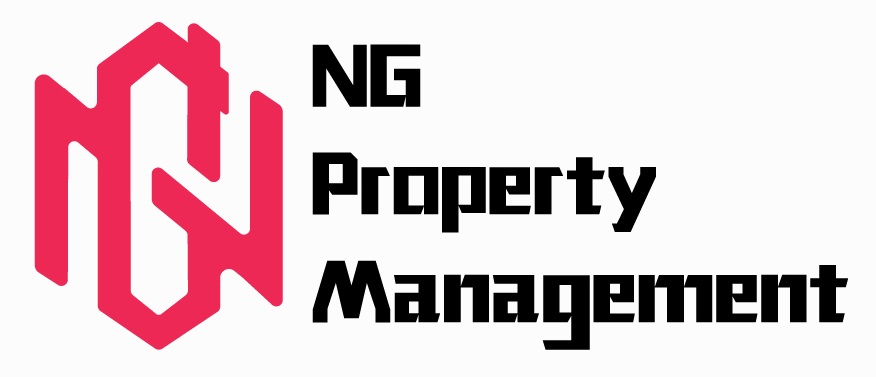Investing in real estate can be a lucrative way to build wealth, but finding the right property is crucial for success. One of the most important factors to consider is whether a property generates positive cash flow. In this blog, we’ll explain what positive cash flow is, share tips for finding properties that generate it, and provide an analysis of rental income versus expenses. We’ll also discuss the pros and cons of investing in positive cash flow properties.
What is Positive Cash Flow?
Positive cash flow occurs when the rental income from a property exceeds all the expenses associated with owning and managing that property. These expenses typically include mortgage payments, property management fees, maintenance costs, insurance, and property taxes. When a property generates more income than it costs to maintain, it produces a positive cash flow.
Example: If a rental property earns $2,500 per month in rental income and the total monthly expenses (mortgage, insurance, maintenance, etc.) amount to $2,000, the property has a positive cash flow of $500 per month.
Benefits of Positive Cash Flow:
- Steady Income Stream: Provides regular, passive income that can supplement your primary income.
- Financial Security: Helps cover property expenses and reduces the risk of financial strain.
- Potential for Growth: Offers the opportunity to reinvest in additional properties, increasing your real estate portfolio.
Tips for Finding Properties with Positive Cash Flow
Finding a property that generates positive cash flow requires research, careful planning, and strategic decision-making. Here are some tips to help you identify properties with strong cash flow potential:
1. Research High-Yield Locations
Location plays a crucial role in determining rental income and property expenses. Look for areas with strong rental demand, low vacancy rates, and affordable property prices. Suburbs with good amenities, public transport links, and employment opportunities often offer better rental yields.
Tip: Focus on emerging suburbs or regional areas with growth potential. These locations may offer higher rental yields and lower property prices compared to well-established areas.
2. Calculate Rental Yield
Rental yield is a measure of the annual rental income generated by a property as a percentage of its purchase price. It helps you assess the property’s income-generating potential. To calculate rental yield, use the following formula:
Rental Yield (%) = (Annual Rental Income / Property Value) x 100
Example: If a property costs $500,000 and generates $25,000 in annual rental income, the rental yield is: (25,000 / 500,000) x 100 = 5%
Tip: Look for properties with rental yields above 5% to increase your chances of achieving positive cash flow.
3. Consider Property Types with Higher Yields
Different property types can offer varying cash flow potential. Multi-family units, such as duplexes or triplexes, often provide higher rental yields compared to single-family homes. Similarly, student accommodation or properties with multiple rental units can generate more rental income per square meter.
Tip: Evaluate properties that can be rented out to multiple tenants or those that offer additional rental income opportunities, such as granny flats or studio apartments.
4. Negotiate the Purchase Price
The lower the purchase price, the better your chances of achieving positive cash flow. Try to negotiate a favorable deal to reduce your initial investment. This can increase your rental yield and improve cash flow.
Tip: Look for motivated sellers, properties that have been on the market for a while, or those in need of minor renovations. You may be able to secure a property at a lower price.
5. Factor in All Expenses
Before purchasing a property, calculate all potential expenses, including mortgage payments, property management fees, maintenance, insurance, and taxes. Make sure to account for unexpected costs, such as repairs or vacancies, to get a realistic picture of the property’s cash flow.
Tip: Use a cash flow calculator to estimate the property’s net cash flow after all expenses are deducted. This will help you make an informed decision.
Analyzing Rental Income vs. Expenses
Understanding the relationship between rental income and expenses is key to achieving positive cash flow. Here’s how to analyze both sides of the equation:
1. Estimating Rental Income
To estimate rental income, research the average rent for similar properties in the area. Consider factors such as property size, condition, and location. Websites like Trade Me Property or local real estate agencies can provide insights into rental rates.
Tip: Set your rent competitively to attract quality tenants and minimize vacancy periods.
2. Calculating Expenses
Identify all expenses associated with owning and managing the property. These typically include:
- Mortgage Payments: Principal and interest repayments.
- Property Management Fees: Fees charged by property managers for managing the property.
- Maintenance and Repairs: Regular upkeep and unexpected repairs.
- Insurance: Property and landlord insurance costs.
- Property Taxes and Rates: Council rates and other local taxes.
- Utilities and Other Costs: Water, electricity (if not paid by tenants), and any other costs.
Tip: Include a buffer for unexpected costs, such as emergency repairs or extended vacancies.
3. Calculating Net Cash Flow
Net cash flow is the difference between your rental income and expenses. Use this formula to calculate it:
Net Cash Flow = Total Rental Income – Total Expenses
Example:
- Rental Income: $2,500 per month
- Expenses: $2,000 per month (mortgage: $1,500, insurance: $100, property management: $200, maintenance: $100, property taxes: $100)
Net Cash Flow: $2,500 – $2,000 = $500 per month
If the result is positive, the property generates a positive cash flow. If it’s negative, you may need to reconsider your investment strategy.
Pros and Cons of Positive Cash Flow Properties
Pros:
- Steady Income Stream:
- Provides a regular income that can help cover expenses and reduce financial risk.
- Reduced Financial Stress:
- Positive cash flow properties are less likely to cause financial strain during market downturns or periods of vacancy.
- Easier to Scale:
- The additional income can be reinvested to acquire more properties, allowing you to grow your portfolio faster.
- Increased Loan Serviceability:
- Positive cash flow improves your borrowing capacity, making it easier to secure additional loans for future investments.
Cons:
- Limited Capital Growth:
- Properties with high cash flow may be located in areas with limited potential for capital growth.
- High Maintenance Requirements:
- Multi-family units or older properties may have higher maintenance costs, which can reduce overall cash flow.
- Market Sensitivity:
- Positive cash flow properties can be more sensitive to changes in rental demand or interest rates, affecting their profitability.
- Less Desirable Locations:
- High-yield properties are often found in less desirable locations, which may have higher vacancy rates or lower quality tenants.
Key Takeaways
- Positive cash flow is achieved when rental income exceeds expenses, providing a steady income stream.
- Research high-yield locations and consider property types with higher rental income potential.
- Analyze rental income and expenses carefully to ensure the property will generate positive cash flow.
- Understand the pros and cons of positive cash flow properties to make informed investment decisions.
Investing in positive cash flow properties can be a rewarding strategy for building wealth and financial security. By following these tips and carefully analyzing potential investments, you can find properties that generate a stable and profitable income.
If you’re looking for expert advice on finding and managing positive cash flow properties, contact NG Property Management today. Our experienced team is here to help you navigate the property market and achieve your investment goals.
Disclaimer: The information provided in this blog is for general informational purposes only and should not be considered financial or investment advice. NG Property Management is not responsible for any investment decisions made based on this article. For specific advice, please consult a qualified financial advisor.



